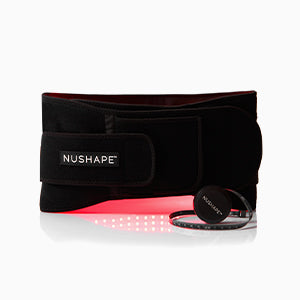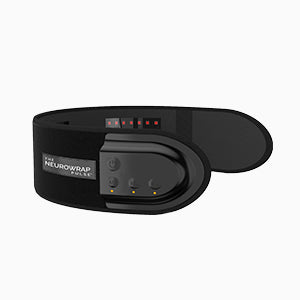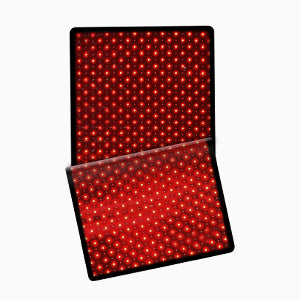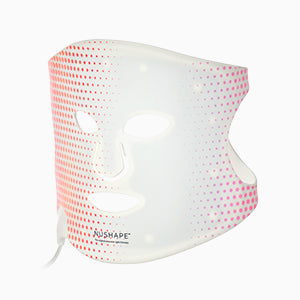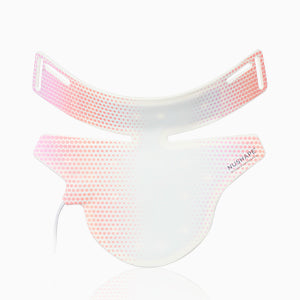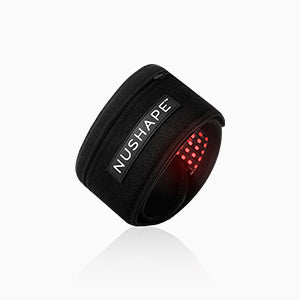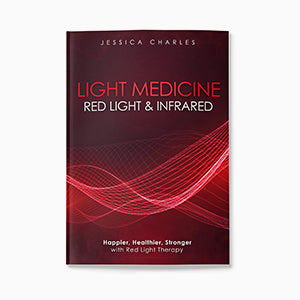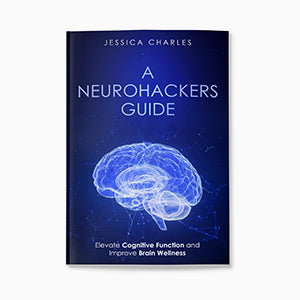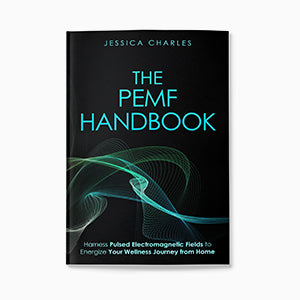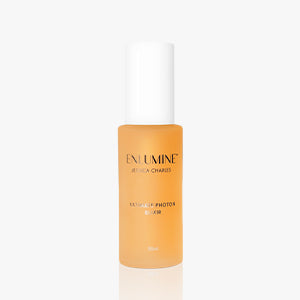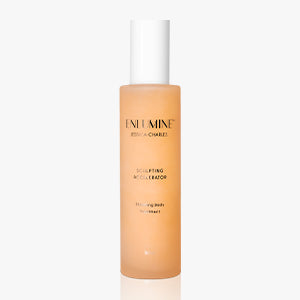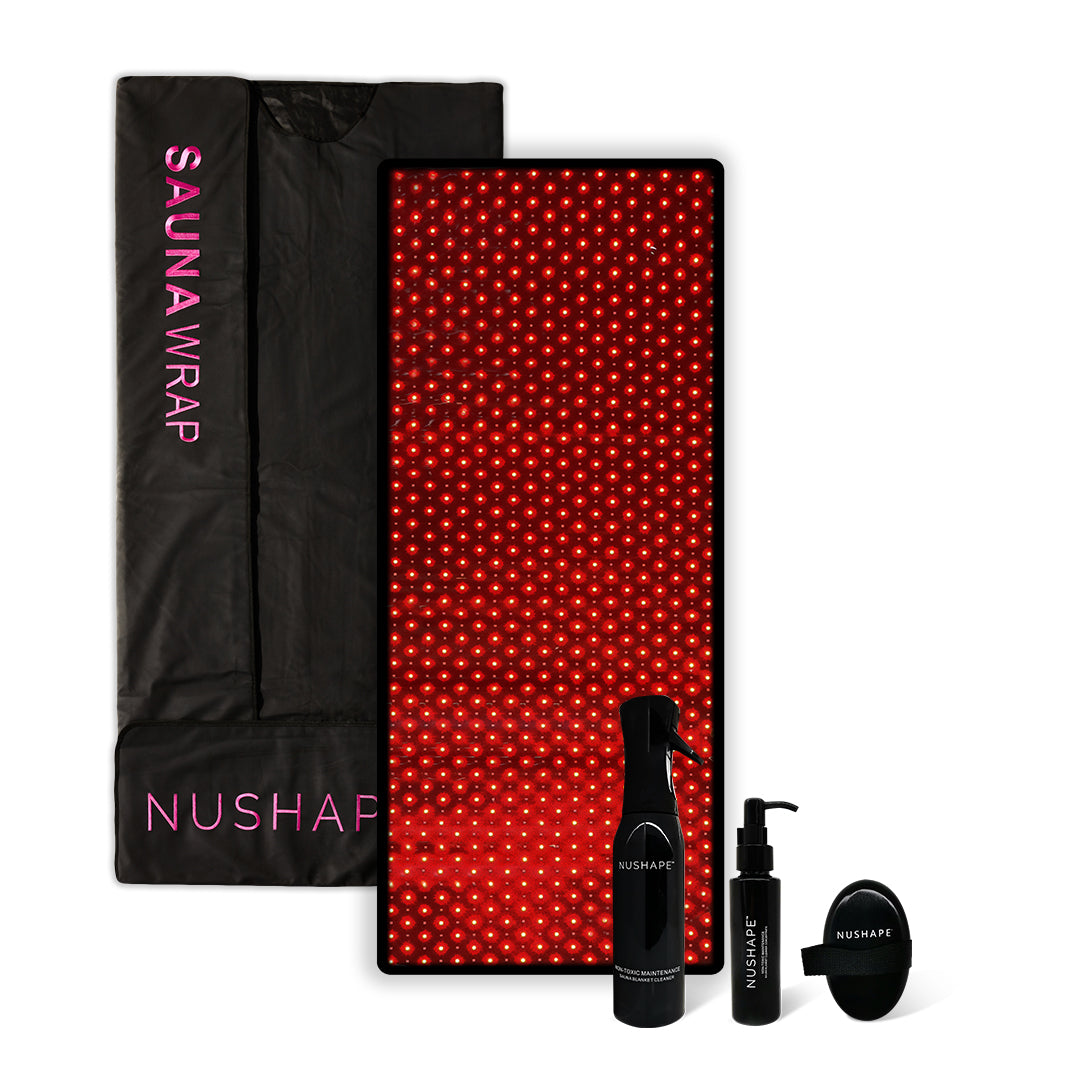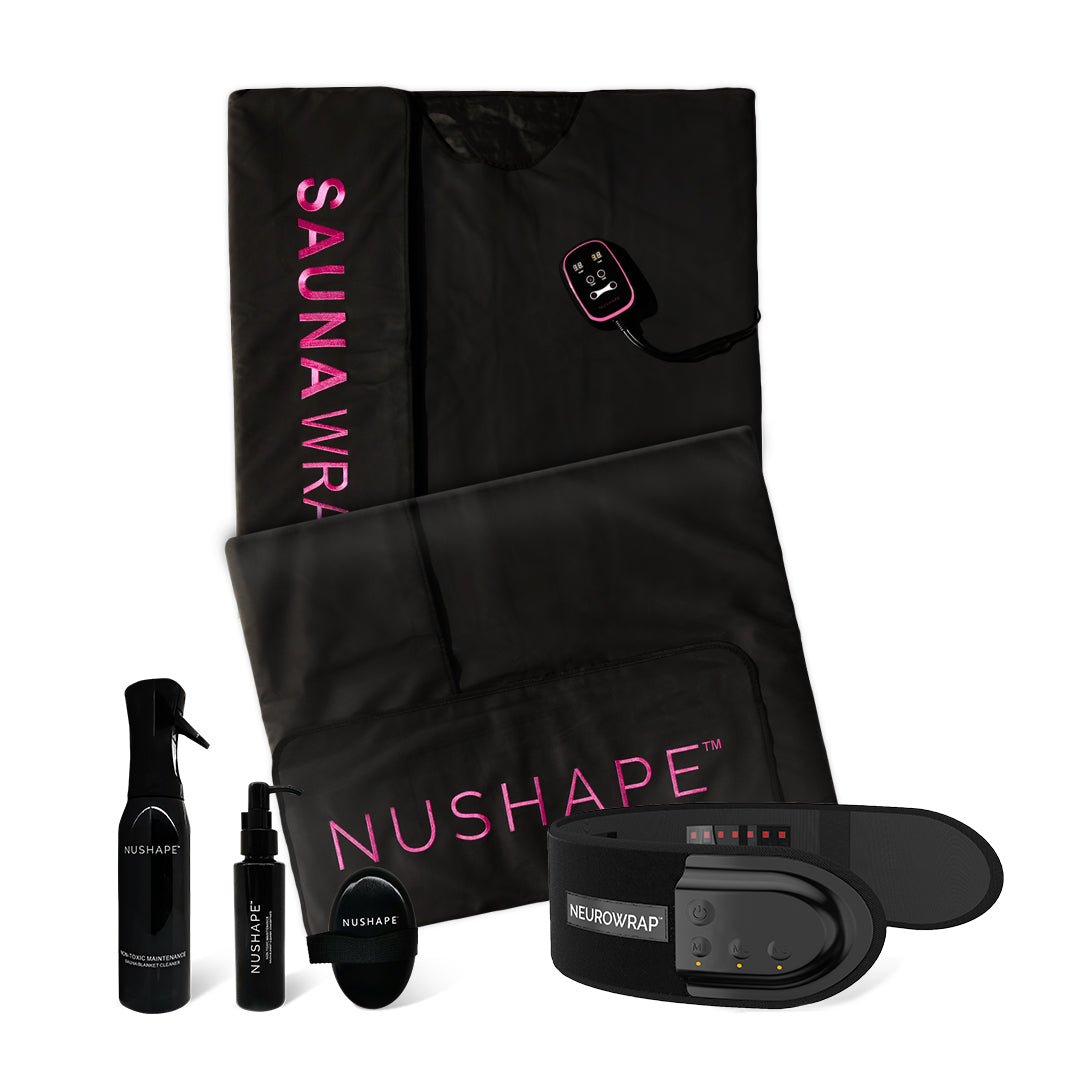
Why do we add pulsing to our red light therapy devices? The three main reasons we add pulsing in our devices are: first, it decreases tissue heating. Second, it induces brainwave entrainment; and it has its own unique benefits.
The hertz (Hz) stands for cycles per second, in other words, the pulses. This being said, slow pulses are meant to decrease nerve sensitivity by reducing the production of Brinkin lucitrin, which is responsible for transmitting pain signals. Mid-range pulses stimulate endorphin production, which is responsible for stress and pain relief. Finally, intense pulses stimulate mitosis and cellular repair.
On a more general note, using RLT with 10-40Hz increases cerebral blood flow, ATP (energy) production, brain repair & neuroprotection, and reduces inflammation. These frequencies resonate with intrinsic brain rhythms and, most importantly, improve overall brain function.
Now that the differences and similarities have been explained, let's go over the conditions that could benefit you the most from each of these pulses.
-40Hz -Gamma rhythm:
This particular treatment is proven to increase dopamine and serotonin. It can also improve how the mitochondria in your cells function, making an individual more energetic and enhancing mood. This is because the mitochondria of the cells produce energy.
"Data demonstrated that 40Hz light flicker significantly increased the overall brain oscillation power, particularly in the occipital areas on both sides of the brain" Y.Zhang et Al.
-10Hz -Alpha rhythm:
This frequency is similar to the alpha neural brain waves. Alpha waves are linked to the alpha state of the brain, which promotes learning, mental coordination, and mindfulness. It can induce feelings of calm, increase creativity, and enhance your ability to absorb information.
"Creativity has a brain wave signature as well: alpha waves pulsing out of the brain's right hemisphere" Steven Kotler.
